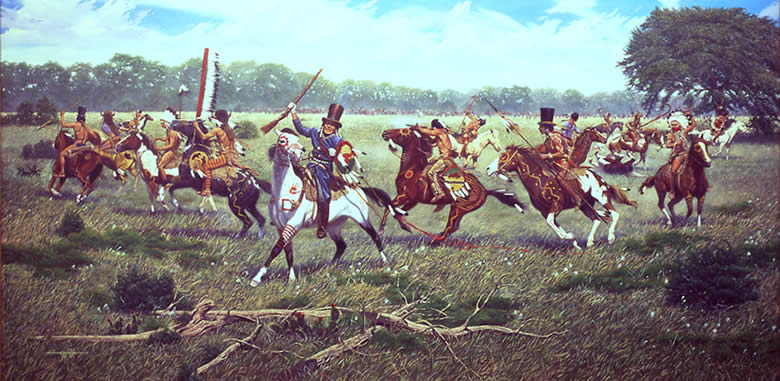Above shows a religious ceremony of a Hopi village. The Hopi people's religion and spiritual beliefs were of much importance and a large part of their daily routines, pertaining to nearly every aspect of their traditional lives, such as farming and harvesting, social routines, the economy, and their distinct way of life known as "the Hopi Way." In these religious ceremonies (as you may be able to see in the image above) the Hopi people dressed up as and praised the religious and spiritual beings known as "Kachinas." The Kachinas were believed to be ancestors of the Hopi people who lived in the clouds above them as though they were constantly looking over their descendants and blessing them with good fortune.
"Hopi." Gale: U.S. History in Context, 2012. Accessed September 9,
2015.
2015.
David, Neil, J. Brent Ricks, and Alexander E. Anthony. Kachinas: Spirit Beings
of the Hopi. N.p.: Avanyu Publishing, 2007.
of the Hopi. N.p.: Avanyu Publishing, 2007.
Palermo, Dave. Thirst for Survival, 2005.




























